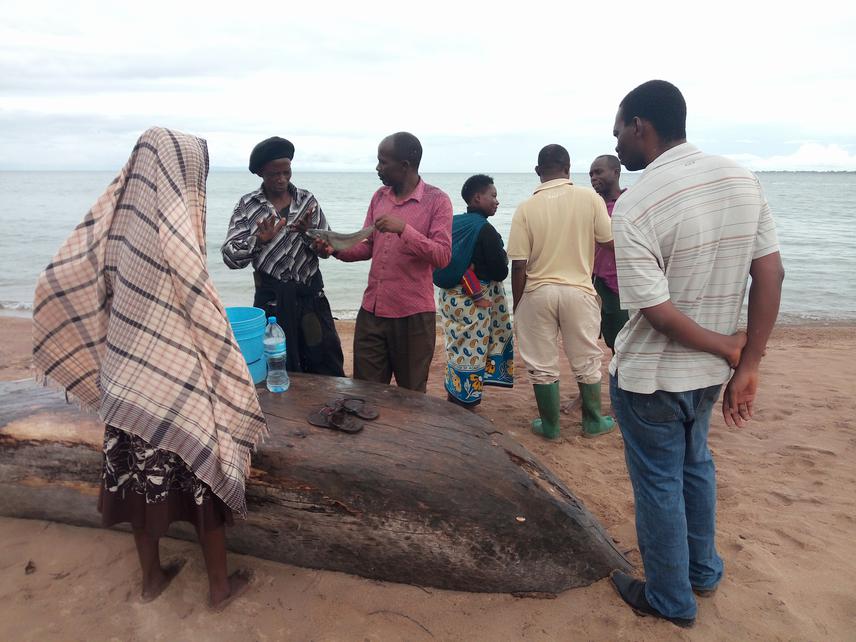Alex Nehemia
Other projects
27 Sep 2021
Advancing Conservation of Elasmobranchs, Rays and Management of Future Supply Chain Disruptions Caused by Outbreaks of the Pandemic Diseases
This project work assesses the historical impact of degradation of catchments and unsustainable fishing practices on the livelihood opportunities of local communities nearby the Lake Nyasa and Ruhuhu River. It also identifies potential catchment areas along the Lake Nyasa and Ruhuhu River which are impacted by deforestation and extensive, uncoordinated farming activities. Finally, the project assesses whether the degradation of catchment and overfishing has altered the effective population size, gene diversity, and gene flow within and among populations of Opsaridium microlepis, which have been red listed by IUCN as threatened species. This is important information in designing proper measures to conserve and protect the species. Consequently, this project is expected to enhance livelihood opportunities to the local community by increasing population of Opsaridium microlepis.

Historically, Lake Nyasa and Ruhuhu River have been highly supporting the local communities along their shores line through fishery resources. However, from the 1980s, fish catch has been declining mainly due to overfishing and degradation of the catchments. The degradation of the catchments contributes to pollution and sedimentation in the lake and river systems that disrupt the fish breeding zones. Catchment degradation has contributed to the decline in fish catch of the economic important fish including Opsaridium microlepis. The Opsaridium microlepis species which is regarded as threatened species in the IUCN Red List is projected to decline by 30% over the next 10 years. In this project work we intend to use different methods including household surveys, focus group meetings, and key informant interviews to determine the impact of catchment areas degradation on fish catch and livelihood opportunities particularly of the fish resources. The information to help us in identifying the catchments that are highly affected by degradations and therefore requiring immediate protection measures will be gathered from the fishers, local community and their leaders, extension officers and forest resource managers.
Information collected from the above stakeholders will also be crucial in identifying sampling sites for water quality analysis and tissue samples from Opsaridium microlepis for molecular work. In this project sensitive molecular marker, micro-satellites will be used to determine the impact of over-fishing and catchment degradation on the effective population size, genetic diversity, and structure of Opsaridium microlepis. Understanding the impacts of catchment degradation will provide a base to train local communities on how to balance conservation and livelihood. The gained knowledge will give a constant reminder to the local communities to refrain from degradation malpractices in the catchments and promote rehabilitation of the degraded catchments. Success of this project will contribute to the increased population size of Opsaridium microlepis.